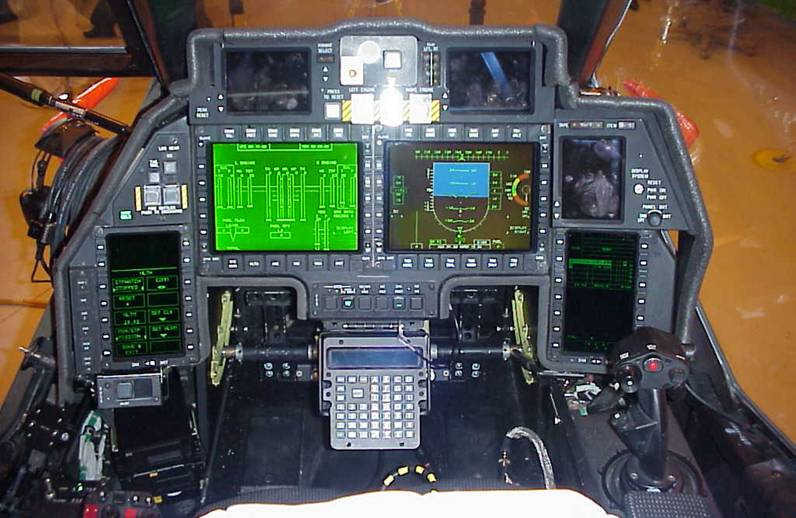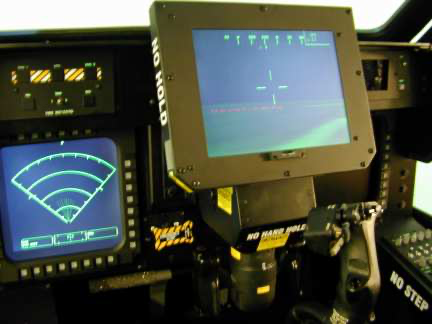Isn’t this the same Deny that applied Ufimtsev’s equations to design stealth shapes which basically lead the work for the stealth on the F-117.
I looked up the figures you mentioned and they all lead back to Ufimtsev.
Isn’t this the same Deny that applied Ufimtsev’s equations to design stealth shapes which basically lead the work for the stealth on the F-117.
I looked up the figures you mentioned and they all lead back to Ufimtsev.
Yeah because people have been too stupid to use the Abrams for the last years.
The M1, IPM1, M1A2 and SEPv1 all had 60+% winrates after release.
The M1A2/SEPv1 are clearly top 7 MBTs in game, hell if you would give them to nation mains from a nation that actually know what they are doing, maybe the stats would show it.
All major nations have meh winrate around that BR lol, the US winrates aren’t that far out of line with German and Russian winrates there.
lets end this discussion because the ninja were the first to make stealth.
not that it matters anyway.
You’re probably right, but it may date even further than that
gets into a whole off-topic discussion about it for no reason
On wikipedia right? The site who’s primary sources for such are a blog and discovery channel musings in the mid 2000s.
Nice work there reciting the same bunk I’ve already stated is incorrect and twisted by incorrect sourcing.
I do find it funny that you also choose to include Kelly Johnson in this given he never interacted with any of Pyotr’s works full stop, and H.M. MacDonald died 4 years after Pyotr was born, neither interacted with Pyotr, beyond Pyotr using H.M. MacDonald’s work for his project.
I don’t use Wikipedia for anything but trying to find other sources. You can quite literally use Google or any other search engine and it’ll tell you what I am.
pretty sure he made calculations saying a plane could do it but he never made one himself for russia as far as i know
the earliest stealth vehicle i can think of would be germanys stealth uboat which fooled the british for a while as it couldnt be found on SONAR as rubber mats around her absorbed the sonar waves
Did you forget they got rid of apfsds shattering? As a result the 25mm flat rate armor (still not volumetric after 2 years) mantlet 90% of shells bounce into and disable the turret drive. You know they removed the shattering mechanic and didn’t compensate the Abrams. They’ve done absolute crap to fix any of the abrams problems.
Funny how the Arena’s volumetric armor was fixed a day after launch.
The M1A2 has received plenty of buffs ever since it’s introduction.
However that doesn’t change the facts that these 3 vehicles stomped for a while after their release, meaning that your statement of “Cause the US can’t have anything meta” is false. Not to mention that the Abrams is still incredibly fun to play currently, excluding the SEPv2 which is less fun.
Sure, except it was nerfed into the light tank that can’t take a hit that it is now. I’d rather play the RDF/HSTVL any day of the week over Gaijin’s abrams. Other than pixel hunting, the T series and Leos are much better at being tanks than the Abrams. It’s funny they got the Abrams so wrong, it should be the meta MBT. The mantlet is wrong, the gunshield is wrong, hydraulic pump location is wrong, and the turret basket is not the whole fking turret drive. The devs are cope soy boys that artificially keep the Abrams what it is. Just like they did with the Comanche after fking over all the preorder people out of the armor it should have. (still no reason given by and mods or game logs)
It’s funny none of the devs/mods/tech mods will acknowledge my gunshield thread. God forbid they have to admit the measurements they took from the M1 at the museum doesn’t apply to the M1A1 and newer tanks.
I give this post 10 minutes before some little soy boy flags it.
Leopard 2A7s and Strv 122s maybe, but the Abrams (excluding SEPv2) have much more potential than the BVM and 2A5/2A6. Armor is not the only thing that matters, which is why the vast majority of the good players will always choose the Abrams over any T-series tank.
Maybe? Are you delusional? That’s a 100% yes.
Potential, yes, realized no. That’s how bad Gaijin did the Abrams. Anything above the hull frontally should be almost impenetrable, aside from shots into the optics.
I haven’t played the BVM but playing against it, I know that the turret is really well protected. Sure the cannon depression is lacking but players who know how to position do well with them. 90% of the bvm kills I get are just from people who have no patience and rush out exposing their LFP. They have better potential than the Abrams hull down. This should not be the case.
Even in game the Abrams already has much more potential than any of the T-series tanks lmao, you just need to be barely decent at the game to play it.
It’s turret is incredibly weak outside of the few ERA blocks. It’s legit the same turret as the 10.7 T-80B.
Only when they face bad players.
Although I do feel like we are derailing the topic slightly.
Nah man, just because you believe that it has more potential which we can argue endlessly about doesn’t mean it shouldn’t be fixed.
Peep this thread Abram's gunshield info needed (found proof ATTN: Mods)(Mods ghosting this thread)
Indeed, well back to the Comanche, it certainly got gutted for still no reason given
its great how you two are polluting this thread with nonsense… real nice. go take it somewhere else so those waiting on fixes on the RAH-66 can not be disappointed and just find off topic here instead of important updates.
So the Comanche finally got a proper cockpit in update Tusk Force but there seems to be a few issues with it, particularly the MFD screens.
Firstly, the right side MFD screen just doesn’t work. It should have multiple different pages but in the latest dev server it didn’t have any and it looks like it might not when the update drops.
Secondly, some of the screens present are wrong compared to how they looked in real life. The map and radar displays are completely wrong, and the camera screen whilst close is still not accurate and is just a copy and paste from other US helicopters.
And thirdly, there are some screens that are just missing like the engine instruments, sensor and weapon controls, and arms display of weapons currently being used.


(Not the best photo but you can clearly see what looks like a display for the weapons that are in the internal bay.)
Although its not a major issue it would be nice to see these added so the cockpit can be finished.
Why on earth doesn’t the RAH-66 have access to the AGM-114K? You know, the standard laser-guided variant of the Hellfire at the time the RAH-66 was being tested and still when it would have entered service? I won’t bring up the AGM-114L which the devs are scared of adding for some reason.
Not only that, but AGM-114B’s left service before the RAH-66 started development, so it could not have them anyway.